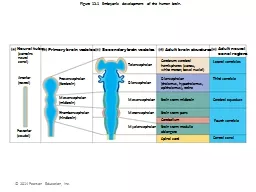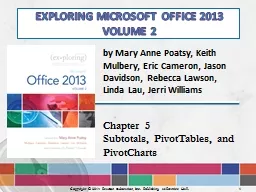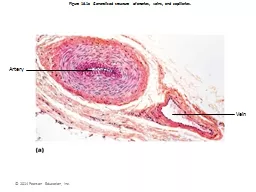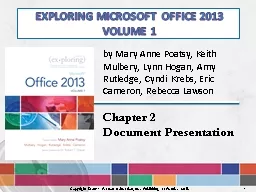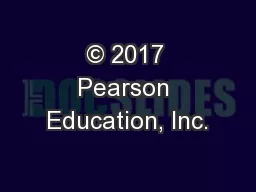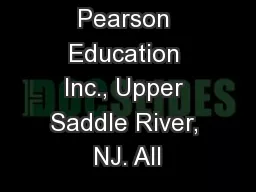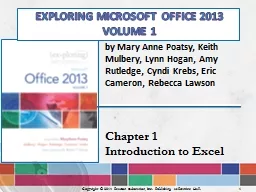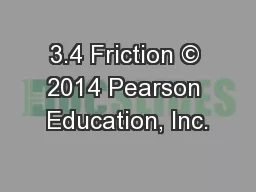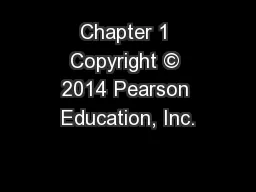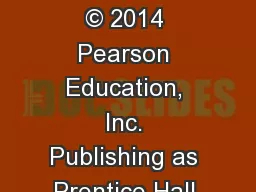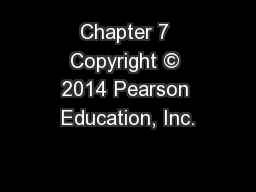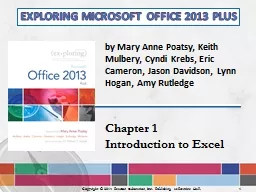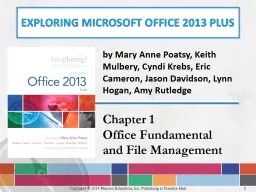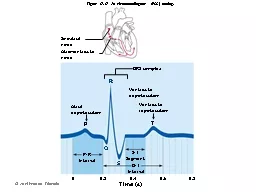PPT-© 2014 Pearson Education, Inc.
Author : stefany-barnette | Published Date : 2020-04-03
Figure 121 Embryonic development of the human brain Neural tube contains neural canal Primary brain vesicles Secondary brain vesicles Adult brain structures Adult
Presentation Embed Code
Download Presentation
Download Presentation The PPT/PDF document " © 2014 Pearson Education, Inc." is the property of its rightful owner. Permission is granted to download and print the materials on this website for personal, non-commercial use only, and to display it on your personal computer provided you do not modify the materials and that you retain all copyright notices contained in the materials. By downloading content from our website, you accept the terms of this agreement.
© 2014 Pearson Education, Inc.: Transcript
Download Rules Of Document
" © 2014 Pearson Education, Inc."The content belongs to its owner. You may download and print it for personal use, without modification, and keep all copyright notices. By downloading, you agree to these terms.
Related Documents

